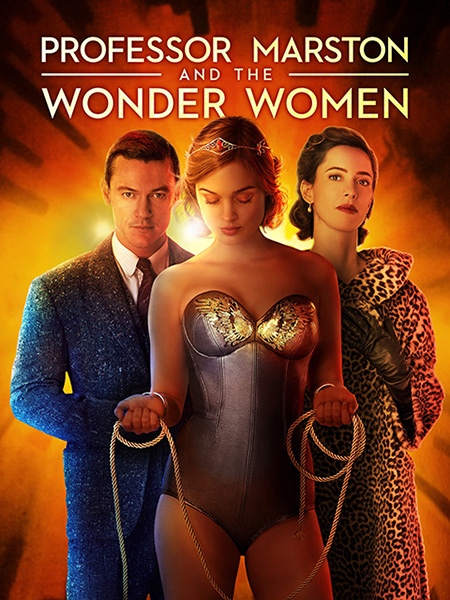
Professor Marston and the Wonder Women
Professor Marston and the Wonder Women is a 2017 film written and directed by Angela Robinson. It follows the unconventional life of Dr. William Moulton Marston (1893-1947), Harvard psychologist, inventor and creator of Wonder Woman. I was spellbound by this beautiful, thought-provoking and deliciously provocative movie. This is not a sex movie and other than my brief outline there are no spoilers as this is a film you need to watch to appreciate.
Professor Marston (Luke Evans) works alongside his brilliant, abrasive and forthright, psychologist wife Elizabeth (played rather brilliantly by Rebecca Hall) though she is denied the recognition she deserves purely because of her sex. Into the mix comes a new assistant Olive Byrne (niece of Margaret Sanger, American birth control activist, feminist & sex educator) and together they invent an early version of the lie detector machine using it to explore their own repressed desires; leading the three of them to become embroiled in a polyamorous BDSM relationship.
The film cleverly draws parallels from Marston’s life outlining how these two unconventional, liberated woman inspire him to create one of the greatest and kinkiest female superheroes of all time – Wonder Woman.
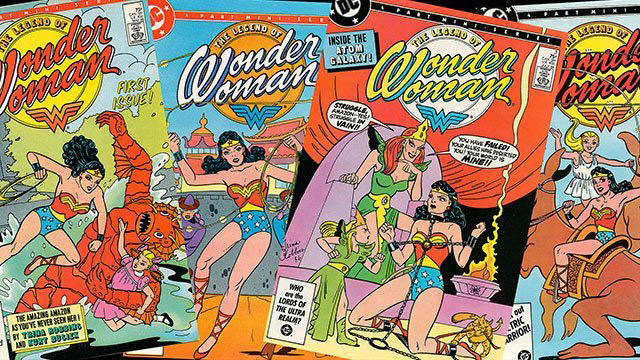
The Birth of Wonder Woman, Matriarchy & Lesbian Undertones
Created in 1941 (under the pen name Charles Moulton), Marston aimed with Wonder Woman “to combat the idea that women are inferior to men, and to inspire girls to self-confidence… and professions monopolized by men… the only hope for civilization is the greater freedom, development and equality of women in all fields of human activity… Wonder Woman is the psychological propaganda for the new type of woman who should, I believe, rule the world.”
He also wanted a superhero, who would triumph not with fists or firepower but with love. This fitted with the behavioural theory he espoused (DISC) based on dominance and submission in which he believed that men need to submit to a loving authority.
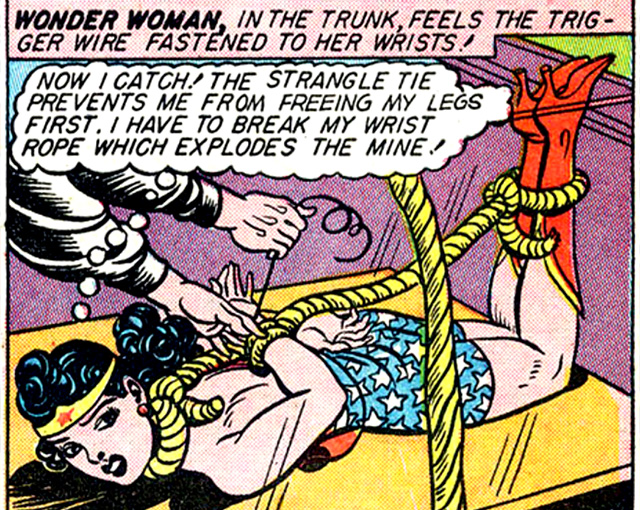
Marston gave Wonder Woman mythological origins, she is made from clay by her mother Queen of the Amazons and brought up on a matriarchal, female-only island. One of her recurring exclamations was “Suffering Sappho!” (Sappho was an ancient Greek poet from the island of Lesbos who has become a symbol of love between women, the word lesbian is derived from her birth place.) She also had a number of female sidekicks, giving the strip a distinct lesbian undertone. This alongside Marston’s interest in domme women drove the early comic book stories which are full of D/s, bondage and spanking imagery – all of which made straight-laced, upstanding America very hot under the collar. Marston was investigated and the comic deemed not suitably wholesome for a young impressionable readership. (Indeed later after Marston’s death she was horribly censored, turned into a simpering woman with no powers.)
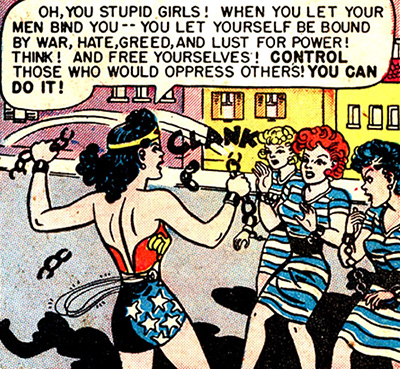
Wonder Woman, Feminism & BDSM
Marston was obviously motivated by his sexual leanings but his protagonist’s interest in bondage was also a political metaphor for the struggles of the women’s movement. If Wonder Woman’s ‘Bracelets of Submission’ are bound together by a man she loses all of her Amazonian strength. This is often central to the plots of the early comics where she’s chained or roped up and has to break free to regain her power – symbolising her emancipation from men. She also does her share of roping up others with her lasso of truth. Which has obvious parallels to his lie detector test – the truth is powerful.
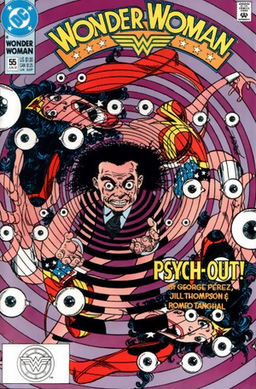
Doctor Psycho was a nemesis of Wonder Woman, a woman-hating psychopath he stood as an allegory to the folly of abnormal emotions such as misogyny, prejudice & hatred and what Marston called “less actively developed men”. He was based on a real-life, anti-feminist German psychology professor of Marston’s at Harvard, Hugo Münsterberg. When Wonder Woman frees Dr. Psycho’s mistreated wife, she asks, “What can a weak girl do?” Wonder Woman replies, “Get strong! Earn your own living!”
The infamous Charles Guyette, purveyor of fetish outfits and photographs, makes an appearance in the film – he’s presented as a kind of god like figure (Zeus would be appropriate) all-knowing able to see the protagonists desires and natures. Unconscious traits that have drawn them together. (I’m using the modern acronym BDSM in this article but this term didn’t exist in the 1930s. Many of these ‘deviances’ were being examined for the first time by psychiatrists like Krafft-Ebing – BDSM and homosexual activities were then seen as mental illnesses.)
The film is ground breaking and refreshing in its depiction of this unconventional family it revels in the fun, fantasy and playfulness of BDSM and the important truth that it is always the submissive that has the power. That unconditional love lets us explore ourselves and our desires without judgement. True freedom within any society is bound up inextricably with the freedom of desire and sexual expression. Marston believed that “kinky doesn’t make something wrong or weak, abuse does” and described bondage and submission as a “respectable and noble practice”.
A Kinky, Radical, Liberated, Feminist Bisexual Hero
There are always visionaries, forerunners ahead of their time who challenge the world around them and the prurient bigotry of others, often sadly at a cost to themselves. Kinksters, feminists and the LGBTQ community all owe a debt to this unique family and all those that have dared to be themselves – paving the way for us in the process.
There is something still revolutionary about Wonder Woman, she fights for truth and freedom against injustice and prejudice. A kinky, radical, liberated, feminist bisexual hero, so certainly ahead of her time and a redoubtable icon – truly an immortal Goddess who fills me with wonder.
![]()

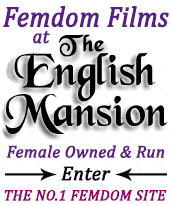
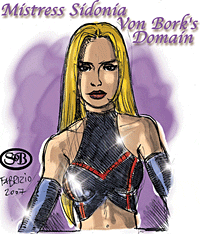


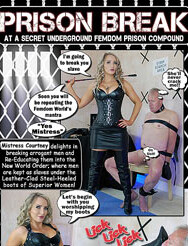
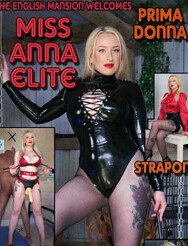
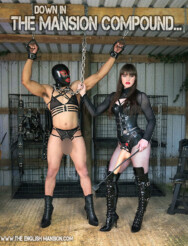
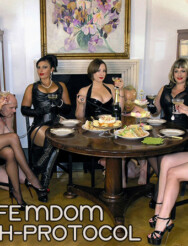
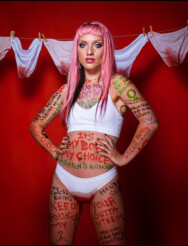
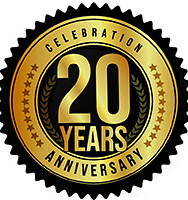
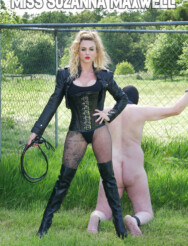

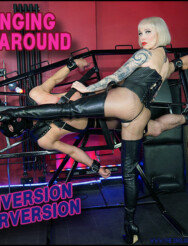
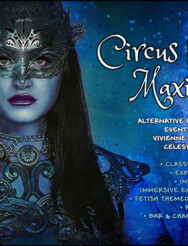


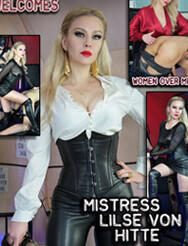

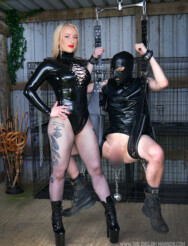
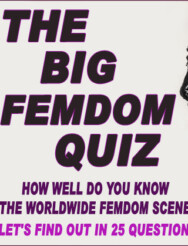

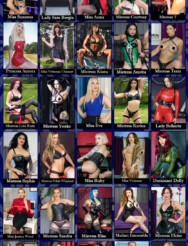
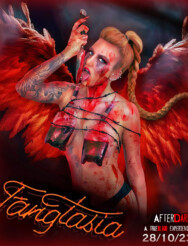

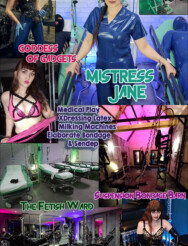
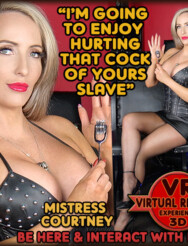
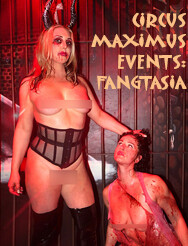
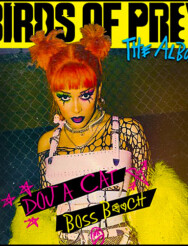
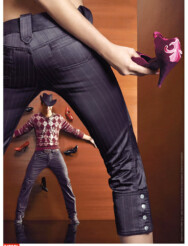


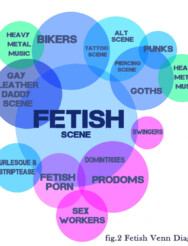
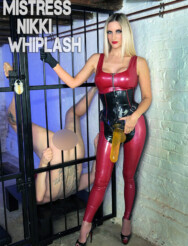
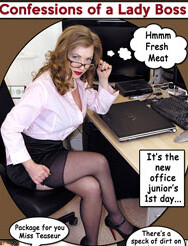
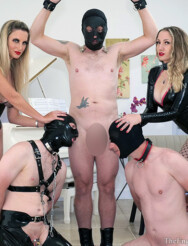
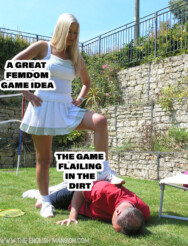
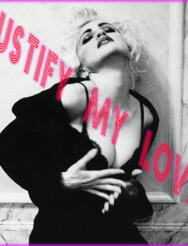
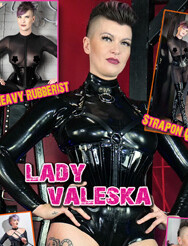

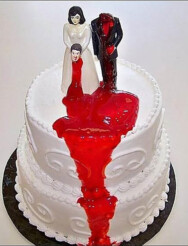
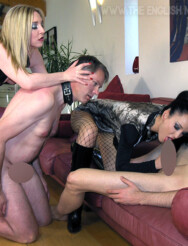
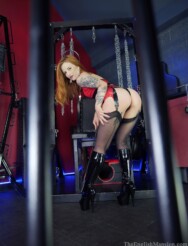

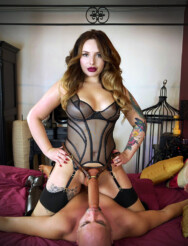
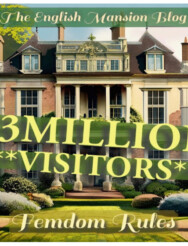
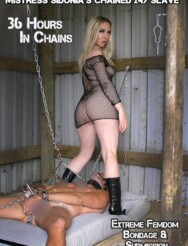
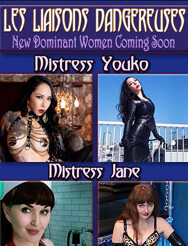
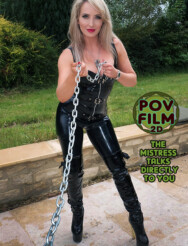
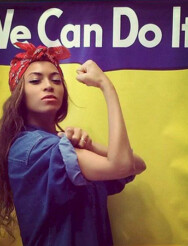
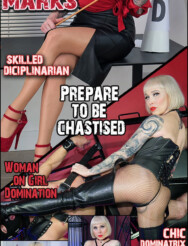
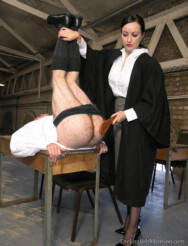
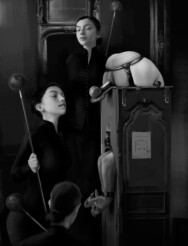
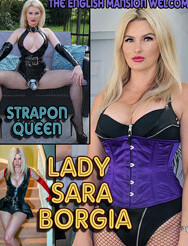

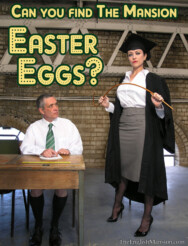
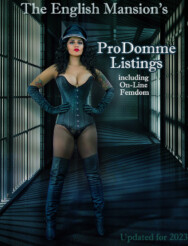
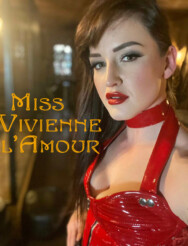

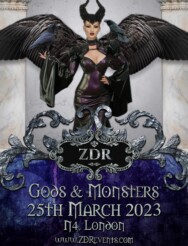
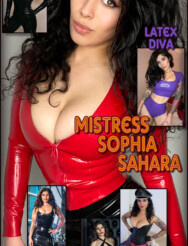
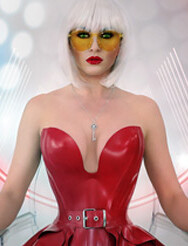
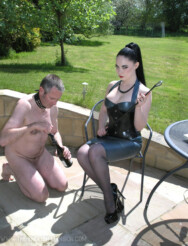

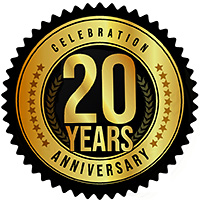
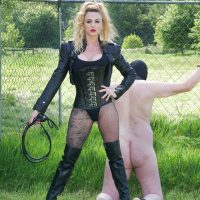

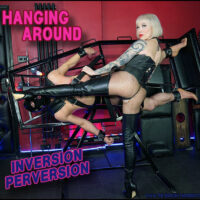
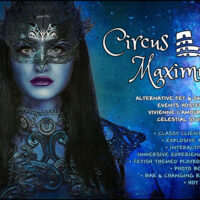


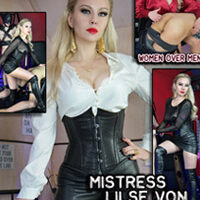


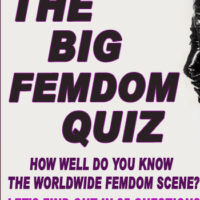

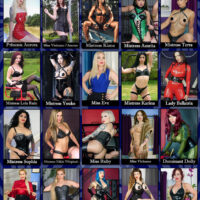
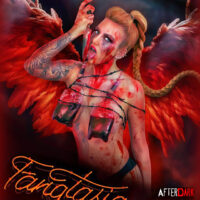




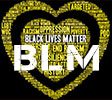

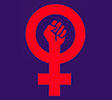

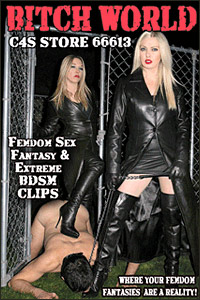
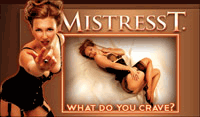
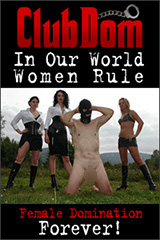



Excellent insight into Wonder Woman! My favorite super hero! Any chance you’ll do a Wonder Woman scene on this site?
I found another femdom comic heroine in the old Phantom comics which I blame (?) for sparking my interest allthose yeasr ago. You can see what I mean here on my blog Freddies Tales : https://freddiestales19.wordpress.com/the-what-the-why/
Yes I’ve seen the Phantom – perhaps a suitable subject for another blog 🙂
And there’s always Selina Kyle… 🙂
Thank you for sharing your thoughts on the movie. I personally found it a little disappointing, not so much about the creation of comic book icon, a feminist icon even, but more about a kinkster getting his kink into print. But, yes the idea that a happy family doesn’t have to be a “conventional” family was great to see on screen, and the idea that freedom is freedom to be who we want to be, does ring true.
However, while I am not an expert on comic books, the movie did end with a howler. “After Moulton’s death Wonder Woman was stripped of her powers.” No. After Moultons’s death Wonder Woman’s powers actually increased e.g. rather than rely on an invisible plane, she could fly. It was in 1968 she did lose her powers and became a “normal” woman fighting evil as a superspy. It’s arguable that this made her more heroic: fighting evil when can effortless deflect bullets is one thing, when you can’t . . . however this move was not well received and she regained her powers in 1972.
As an aside there is a 1974 made-for-TV starring Cathy Lee Crosby where Wonder Woman does not have super-powers, but is a conventional secret agent. (Although she does have an invisible jet and is the daughter of the Queen of the Amazons.) I did rather enjoy it, although to be honest it was pretty much pants. Wonder Woman was shown as clever, resourceful and athletic, but whole thing lacked spark. One touch I did like though was the way Amazons would greet each other by touching bracelets.
But thank you for this interesting and insightful blog post.